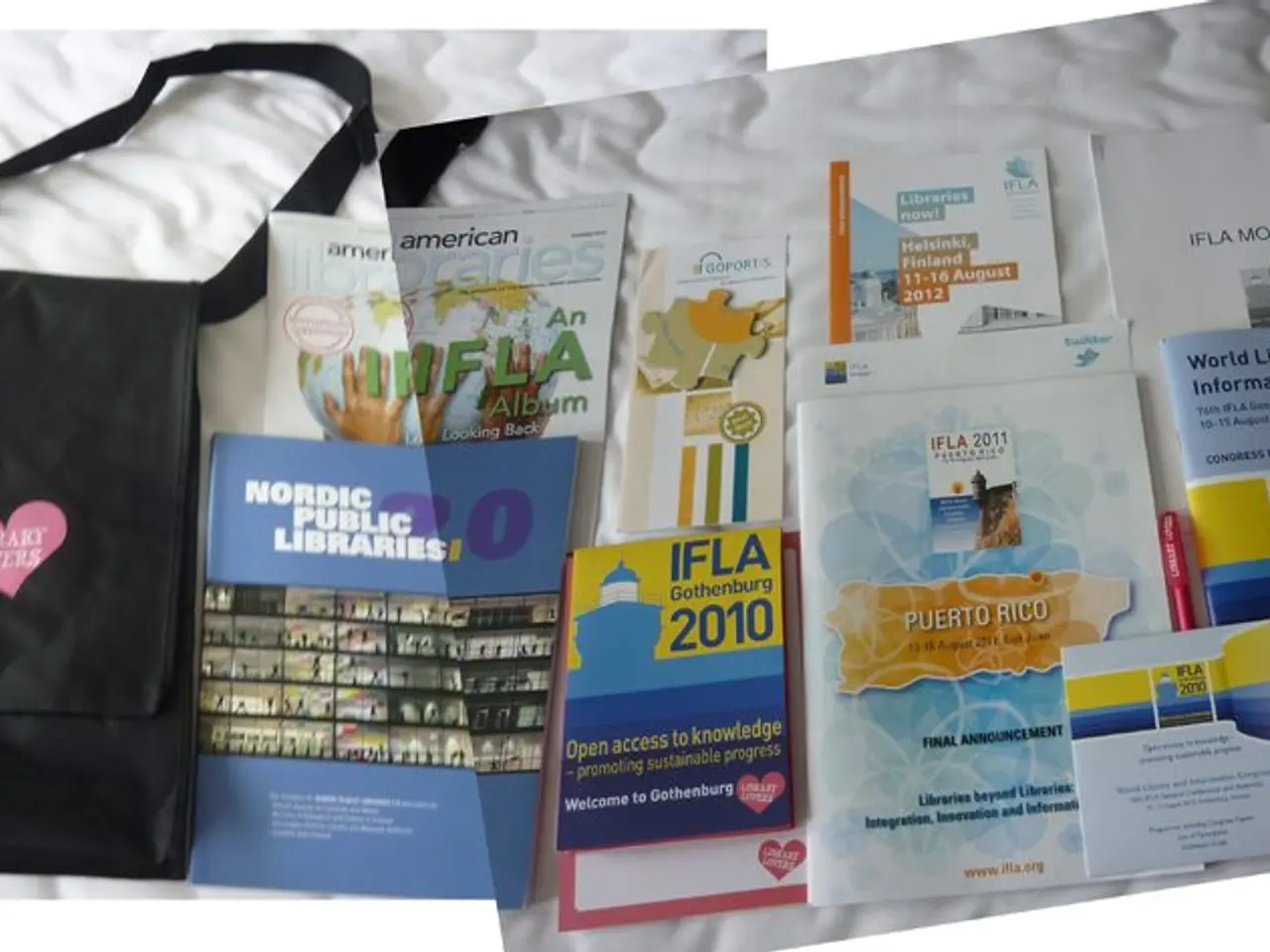Hidden Gems: The Exquisite Scroll of Importance
The William Wallace letter to Lübeck, penned in October 1297, is a significant historical document that marks a crucial moment in Scotland's quest for independence. This letter, sent to the city council of Lübeck, serves as a direct appeal from Wallace and his fellow leader, Andrew Moray, urging the Hanseatic League towns of Lübeck and Hamburg to resume trade with Scotland during the Wars of Scottish Independence [1][4][3].
The letter's impact on Hanseatic trade relations with Scotland was substantial. The Hanseatic League, a powerful commercial and defensive confederation of merchant guilds and market towns in Northern Europe, was a key trading partner. Wallace’s appeal helped ensure continued trade, which would have supported Scotland’s economy and war effort by securing access to goods and markets beyond England’s control. Maintaining such trade relations was crucial considering the political turmoil and English attempts to isolate Scotland economically [2].
The letter reveals Scotland’s efforts to safeguard international commercial relations amidst war. It reflects the political and economic diplomacy used by Scottish resistance leaders to garner trade support from influential Northern European ports. This served to bolster Scotland’s economy and strengthen its position in the long struggle for independence from England [1][3][4].
Although specific trade outcomes are not extensively detailed in the available records, the survival of this letter underscores its recognized role in diplomatic history during Wallace’s guardianship [1][3][4]. The parchment also shows that the Scottish independence fighters under William Wallace began to establish the newly gained independence on economically strong foundations shortly after the victory over the English.
The letter, simple and small, was not designed for representation but as a practical document during a time when parchment was scarce. Only Wallace's seal from the originally two seals is preserved, while Moray's is missing [5]. The letter is a testament to the importance of the Hanseatic League and its communication channels. It demonstrates that the Scottish fighters were aware of the importance of the Hanseatic League and its communication channels [6].
The letter was sent on behalf of all Hanseatic merchants, and it was dispatched after the Battle of Stirling Bridge, where the armies under William Wallace and Andrew de Moray defeated the English [7]. The letter has attracted attention as a valuable cultural artifact, and delegations from Scotland frequently visit the Lübeck city archive to view it [8]. However, efforts have been made to bring the letter to Scotland as a national cultural asset [9]. Despite these efforts, Lübeck is recognized as the rightful owner of the letter due to its status as the recipient [10].
In conclusion, the William Wallace letter to Lübeck offers a unique glimpse into Scotland's diplomatic and economic strategies during its struggle for independence. It serves as a reminder of the importance of maintaining international connections, even during times of conflict, and the role of diplomacy in shaping a nation's future.
[1] The William Wallace Letter to Lübeck [2] The Hanseatic League [3] The Wars of Scottish Independence [4] William Wallace [5] The Seal of William Wallace [6] The Hanseatic League and Scotland [7] The Battle of Stirling Bridge [8] Delegations from Scotland Visit Lübeck [9] Efforts to Bring the Letter to Scotland [10] Lübeck as the Rightful Owner of the Letter
The William Wallace letter to Lübeck significantly impacted the Hanseatic trade relations with Scotland, as it helped ensure continued trade that supported Scotland’s economy and war effort.
The letter reveals Scotland’s efforts to safeguard international commercial relations amidst war, particularly with influential Northern European ports like Lübeck.







